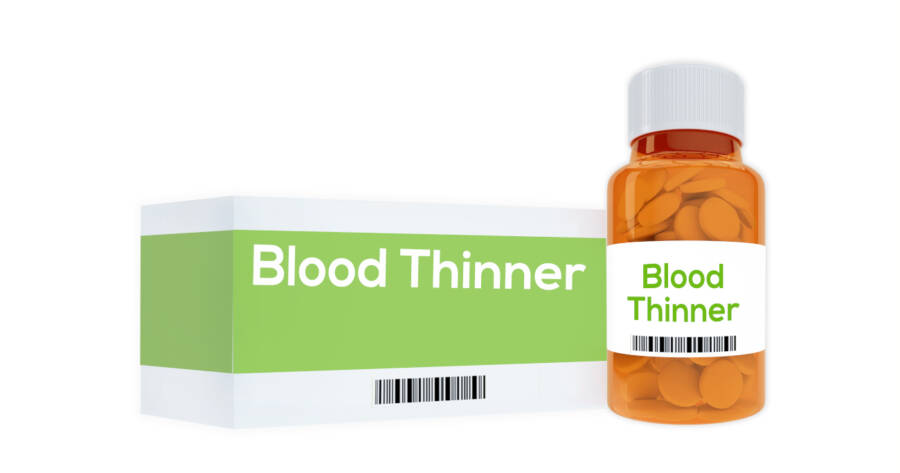If left untreated, blood clots can lead to life-threatening complications. Fortunately, you can learn everything you need to know about blood clot treatments with a search online right now, which could help you make a wise medical decision.
Understanding the various ways doctors treat blood clots is essential for ensuring your overall health and wellness. There’s a lot to unpack, from medications to surgical interventions, so let’s get started!
Medications for Blood Clots
One of the primary methods of treating blood clots is through medications. These drugs, often referred to as anticoagulants or blood thinners, don’t actually “thin” the blood. Instead, they prevent new clots from forming and existing ones from growing larger.
Warfarin (Coumadin) and heparin are the classic anticoagulants that have been in use for many years. Warfarin is taken orally, while heparin is administered through an injection or intravenously. Both require regular monitoring to ensure the correct dosage and to check for potential side effects.
Newer anticoagulants, sometimes called NOACs or DOACs (like apixaban, dabigatran, and rivaroxaban), offer the advantage of not needing frequent blood tests and having fewer interactions with foods and other drugs. However, like all medications, they come with their own set of risks and benefits.
Clot-Busting Drugs
Another approach to treating clots, especially those that pose immediate danger, is with thrombolytic agents, also known as “clot-busters.” These are drugs like alteplase which work by rapidly dissolving the clot. They are often used for conditions like pulmonary embolism or stroke. Due to the risk of bleeding, they’re used judiciously, typically in a hospital setting under close observation.
Compression Stockings
While not a direct treatment for clots, compression stockings play a vital role in preventing the post-thrombotic syndrome, a complication that can follow deep vein thrombosis (DVT). These specially designed stockings reduce swelling and improve blood flow, aiding in the healing process and reducing the risk of additional clot formation.
Surgical Interventions
In certain situations, medications might not be sufficient, or the risk associated with a blood clot is too high. Here, surgical interventions come into play.
- Catheter-directed thrombolysis: This is a minimally invasive procedure. A thin tube or catheter is threaded through the blood vessels to the site of the clot. Through this catheter, clot-busting drugs are directly delivered to the clot, helping to dissolve it rapidly.
- Vena cava filters: In cases where anticoagulant medications can’t be used, a vena cava filter might be recommended. This is a small device placed in the vena cava (the body’s largest vein) that works like a sieve, catching blood clots before they can reach vital organs such as the lungs.
- Venous thrombectomy: This is a surgical procedure wherein a clot is physically removed from a vein. It’s not commonly performed and is typically reserved for large clots that pose significant risks.
Lifestyle Changes and Monitoring
Beyond medical and surgical treatments, lifestyle changes can play a role in preventing further clot development or recurrence. This includes:
- Staying active: Regular movement, especially after surgeries or prolonged bed rest, can help prevent clot formation.
- Hydration: Keeping the body hydrated ensures that the blood maintains a good consistency, reducing the risk of clotting.
- Regular check-ups: For those on anticoagulant medications, regular monitoring by healthcare professionals is paramount. This helps in adjusting doses and catching potential side effects early on.
Prevention is Key
When it comes to blood clots, prevention remains a crucial strategy. Engaging in regular exercise and maintaining an active lifestyle ensures that blood circulates efficiently, reducing the risk of stagnation and clot formation. Hydration, too, plays an essential role. Drinking ample fluids is particularly vital during activities or in environments that might lead to dehydration, ensuring that the blood maintains an ideal consistency.
Additionally, for those whose work or lifestyle involves prolonged sitting, it’s advisable to avoid remaining sedentary for extended periods. For instance, during a long trip, it’s beneficial to take intermittent breaks to walk around. Similarly, those with desk jobs should make an effort to stand and move at least once every hour.
Find Help Today
Blood clots, while intimidating, are treatable thanks to the array of medical interventions available. From tried-and-true medications to the latest surgical advancements, the medical world has made significant strides in ensuring that blood clots are addressed promptly and effectively.
As with all medical conditions, understanding your options, keeping abreast of the latest research, and consulting with healthcare professionals can make all the difference. This article provides a glimpse into the world of clot treatments. Still, you’re always encouraged to continue searching online to learn more about this vital topic.
